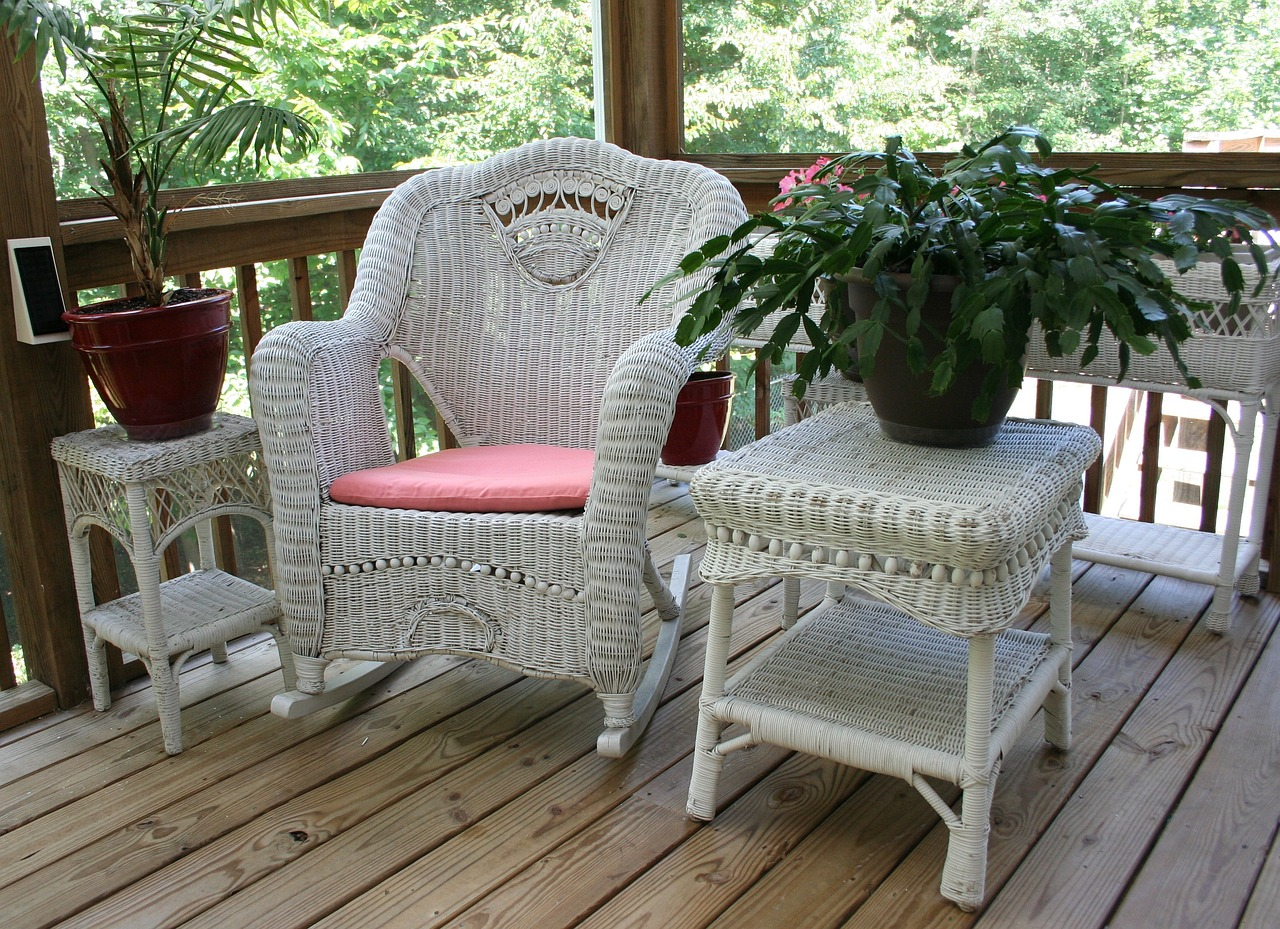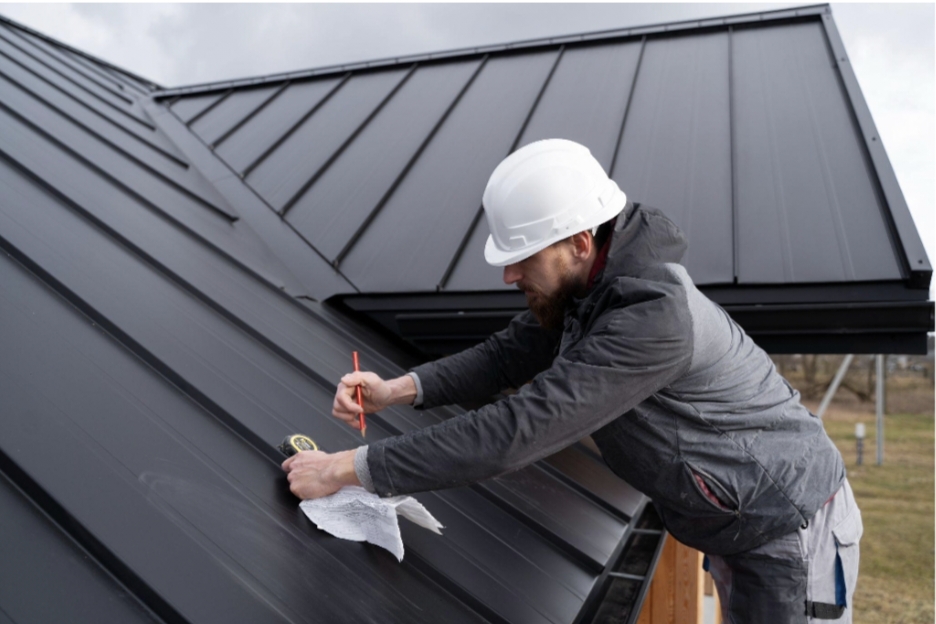Material selection is crucial when specifying outdoor furniture products, but the process has become more complicated. Today’s architects and designers must balance appearance, performance, durability, and environmental impact when selecting materials; many options are available, but not all are created equal. Several factors must be considered, such as project design, a site’s climate and intended use, sustainability goals, evolving green building standards, new material options, etc.
Whether you’re looking for weatherproof materials, natural and sustainable options, or the newest innovations, we’ll help you choose suitable materials for outdoor surfaces.
- Woods That Resist Weather: The Critical Need of the Hour
There has long been a trend toward emphasizing woods resistant to weather. While traditional woods might seem charming initially, they are not a wise choice for outdoor applications due to their vulnerability to termites, rot, and weather-related wear and tear. Thus, it makes sense both aesthetically and economically to use woods that naturally resist these problems.
- Teak: The Ideal Benchmark
Teak wood is more than just a gorgeous face; it has a rich aesthetic appeal. This wood is extremely water-resistant because it is loaded with natural oils that repel moisture. Because teak is resistant to insects and deterioration, your outdoor projects will seem brand new for many years to come. Because of its smooth texture and golden-brown color, teak is a popular material for luxury projects like boat decking and opulent patio furniture.
- Cedar: The Preservative of Nature
Another type of wood among the best weather-resistant is cedar. Native to many regions of the world, including North America, cedar provides durability and a fragrant experience. The wood is naturally preserved, which helps it withstand insect attack and rot. Cedar is a fantastic material for decking, paneling, and outdoor furniture because of its resistance to changing weather conditions and its ability to maintain its dimensional stability.
- IPE: the Brazilian Marvel
Ipe, or “ee-pay,” is a Brazilian hardwood that is becoming well-known worldwide for its incredible sturdiness. Ipe is well-known for its extraordinary hardness and weather durability, and because of its dense grain structure, it is immune to insect and rot damage. Its deep chocolate-brown hue gives your outdoor areas a hint of exoticism.
- Cypress: The Southern Charmer
Southern US cypress is known for its decay resistance. Its inherent preservation oil, ‘cypressene,’ makes it resistant to bugs and weather. Cypress is popular for decking, boat building, and outdoor furniture. Its soft, milky tone and unusual grain pattern lend natural beauty to your designs.
- Mahogany: A Classic Wood
Mahogany is classy. Due to its exquisite texture and deep reddish-brown color, it is linked with luxury. While not as sturdy as Ipe or Teak, it tolerates weather well. Covered patios and gazebos are ideal for it.Woods like Teak, Ipe, Cedar, Cypress, and Mahogany are weatherproof and suitable for outdoor applications. For outdoor area enhancement, their innate capacity to tolerate intense sunlight, severe rainfall, and annoying insects makes them a good investment. Beautiful and durable, these weather-resistant woods are ideal for decks, furniture, and cladding. Why settle for less when you can have the best, such as https://www.outdure.com/us/products/hardwood-decking/? Choose weatherproof woods to develop legacies and projects.





